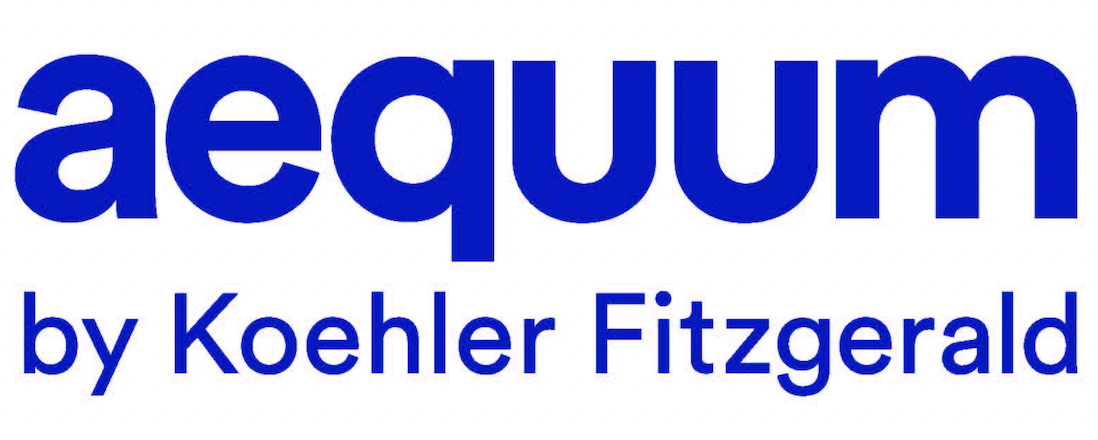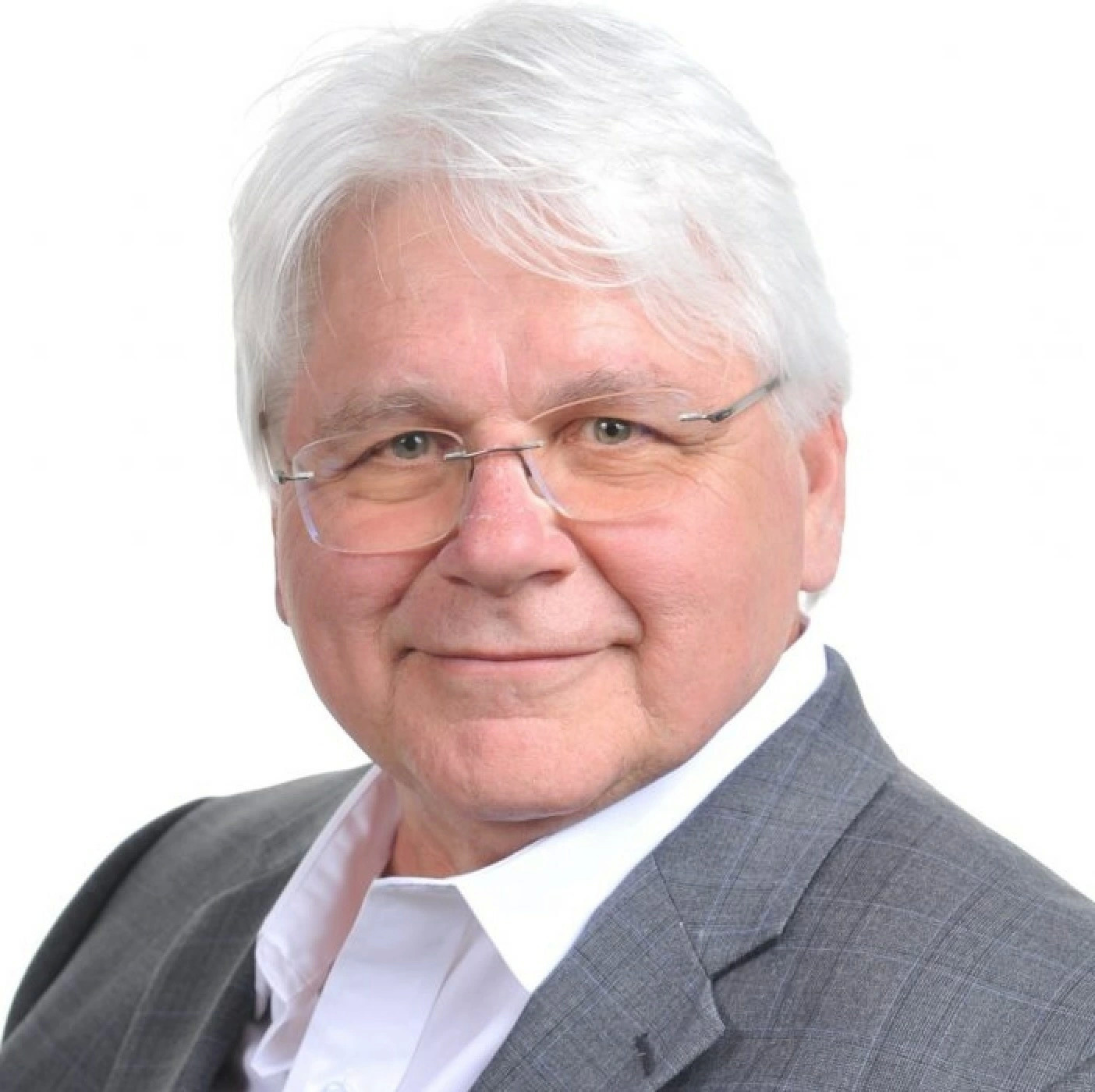Saturday Oct 15, 2022
Annual Enrollment – Choosing the Right Health Coverage Option

Christine Cooper, the CEO of aequum LLC and the Co-Managing Member of Koehler Fitzgerald LLC, a law firm with a national practice along with Jack Towarnicky an ERISA/Employee Benefits compliance and planning attorney, having over forty years of experience in human resources and plan sponsor leadership roles again joins eHealth Radio and the Healthcare and Legal Channels.
Listen to interview with host Eric Michaels and guests Christine Cooper & Jack Towarnicky discuss the following:
Painful mistakes you and/or your employer should avoid at annual enrollment.
Eric: Number 10 – Christine, what’s number 10?
Christine: Number 10 is an employer mistake. It is the employer who fails to offer workers a choice of coverage. Regardless of the size of the employer, the employer should anticipate a diversity of medical coverage needs, today, AND tomorrow! At a minimum, the employer should offer at least two choices, typical would be a PPO and Health Savings Account capable options.
Eric: Who has number 9? Jack?
Jack: Number 9 is also an employer mistake. It is the decision to use a passive process. Passive means that the worker’s existing coverage will continue unless they take action to review the options and make choices. The annual enrollment process should prompt individuals to make affirmative elections – even if it is the same choices, year after year.
Eric: Interesting, so what is Number 8?
Jack: Number 8 is another employer mistake. It is the failure to adjust the coverage comparison so the differences, especially the differences in provider networks and costs are apparent, obvious. For example, where a HSA-capable coverage option is offered, the employer often fails to adjust the deductible for the other choice, typically the PPO, so that the deductible for the PPO applies in the same way. Bottom line, once you have a good idea about your expected utilization, if you must spend more than 5 minutes looking at a side-by-side comparison, that means that the differences aren’t obvious, or that the comparison has too much detail.
Eric: OK, three strikes and the employer are out. So, our audience now knows that the employer should offer a choice of coverage, and at least one of the options should allow the worker to save in a Health Savings Account. The employer should have an active enrollment process, not a passive process, where workers must make affirmative elections of coverage. And the side-by-side comparison should be clean and clear enough so that a worker who knows what they expect to spend on medical can make a decision in less than 5 minutes. OK. So now we have some ideas about what you might ask your employer.
Eric: What’s next? What’s Lucky Number 7?
Christine: More like unlucky #7. Number seven is bias. We let bias affect our decisions. We tend to make decisions by relying on heuristics, or rules of thumb. One example is where people might think Expensive is Better … that the coverage with the smallest deductible or the highest contribution must be the better choice – even though I don’t anticipate any significant medical expenses.
Eric: With six you get egg roll! You could look it up. What is number six?
Jack: Over insurance, you paid too much! Or, as one insurance company motto says, only pay for what you need. Over insurance can result by focusing too much on monthly or per payday costs (what is affordable) versus an estimate of all costs for an entire year. Bias also causes workers to overestimate the likelihood of easy to imagine outcomes, or recent events, what some call the availability heuristic – for example, a coworker who suffered an illness or injury. People sometimes fixate on “what if?” As in what if I need surgery?
Eric: What is five?
Christine: Uncertainty. Uncertainty tends to result in opportunity losses. There is a lot of uncertainty in predicting medical utilization. But, for almost everyone, medical spend increases with age. So, the time to save is now, because our out-of-pocket expenses are likely to increase in the future. And, when it comes to saving for future medical expense, the best option is the Health Savings Account. Why the HSA? Well, it saves on taxes. Often, there is an employer contribution. And consider this. Most of us are likely to make it to retirement age, when, if we are lucky enough to have avoided medical costs, we can spend HSA dollars the same way we spend money from a 401k or an Individual Retirement Account. Actually, saving in a HSA is often better than saving in a 401k.
Eric: Saving in a HSA is better than saving in a 401k? Where can you find more info?
Christine: Contact us at aequumhealth.com, or specifically, contact Jack with your questions about Health Savings Accounts. Or, if your employer doesn’t offer a Health Savings Account capable plan, have your employer reach out to Jack. Jack is one of America’s foremost experts when it comes to the Health Savings Account, its features and value. He’s been participating in a HSA over 17 years, since 2005. You can find his email address by visiting us at www.aequumhealth.com.
Eric: OK, we’re down to the last four. Number 4?
Jack: It’s another employer mistake – choice blindness, or choice overload. Studies show that three choices are often one too many – especially for something as complex as medical coverage.
Eric: Number 3?
Christine: It is another employer mistake, this time in marketing or communications. Too many times, employers focus communications on the deductible. Some even name the options that way – for example, the $500 plan. That results in something economists call an “anchoring bias”. It draws an inordinate amount of attention to the size of the deductible. During annual enrollment, in your decision-making, you should compare the difference in deductibles between options, the difference in contributions between options and the difference in total costs based on your expected utilization.
Eric: We are down to the Number 2 mistake.
Jack: Myopia. One big mistake we all make is limiting our focus to today, next week, next month, next year. But we all expect to live beyond 2023. So, our coverage decisions should include today and tomorrow, specifically saving, improving our household’s financial resilience. Accumulating savings in 2023 ensures you are better prepared for future annual enrollment decision-making.
Eric: And the Number 1 mistake people make when it comes to annual enrollment?
Christine: Inertia. People are inert. Most don’t spend more than 30 minutes on benefits decision-making each year. Some skip annual enrollments altogether. I mean, nothing has changed in your life, or your household, or in the coverage marketplace, or in your employment over the past 3 years, right? Remember to ask other adults in your household for their input. If you are enrolled in the same health coverage today that you were before the pandemic, you should at least reconsider any available alternatives … just in case they changed. Also, if you are enrolled in a Health Savings Account, it is a good time to update your rate of contributions … but remember, unlike other accounts, you can prospectively change your HSA contribution rate, any month during the year. Keeping the same choice, year after year after year is a form of status quo bias. How would you know if it is still the right choice…unless you give it a new, fresh look. Don’t know where to start, ask for help.
We’ll put a summary of this discussion on our website www.aequumhealth.com – so you can refer to it for this year’s annual enrollment (and future years as well). Start today. Ask your employer for the dates of the annual enrolment, and what coverage option will be offered in 2023. Have them contact Jack and encourage them to offer a Health Savings Account capable option. Start putting together your estimate what you and your household members will spend on medical in 2023.
And, when annual enrollment comes, don’t forget to take time to review your choices and make an affirmative decision, election for 2023.

Christine M. Cooper, CEO and Member, aequum LLC
Christine M. Cooper is the CEO and Member, of aequum LLC. A patent lawyer recruited to Koehler Fitzgerald LLC in 2016 because of her large law firm experience and IT skills, Christine was quickly elevated to a member of Koehler Fitzgerald LLC and leads the health care practice. Christine is the CEO of aequum and is dedicated to assisting and defending plans and patients.

Jack Towarnicky Member, aequum LLC
As an ERISA/Employee Benefits compliance and planning attorney, Jack has over forty years of experience in human resources and plan sponsor leadership roles. This includes twenty-five years as the leader of a Fortune 100 corporation’s benefits function. While serving in those roles, Jack and his team won a multitude of individual, team and corporate recognitions. In 2020 Jack joined aequum and provides plan drafting and compliance services to employers and plan sponsors.
About aequum
Founded in 2020, aequum LLC serves third-party administrators, medical cost management companies, stop-loss carriers, employer-sponsored health plans and brokers nationwide to protect plan participants, improve employee satisfaction with their health care plans, and generate plan and participant cost savings. aequum helps patients defend medical balance bills and brings savings to employer-sponsored health plans by providing administrative and other services to its partners. In addition, its sister organization, Koehler Fitzgerald LLC, provides legal advocacy to plan participants.

Website: https://aequumhealth.com
Social Media Links:
Facebook: https://facebook.com/aequumbykoehlerfitzgerald
Linkedin: https://linkedin.com/company/aequumllc/about
Twitter: https://twitter.com/aequumhealth
No comments yet. Be the first to say something!